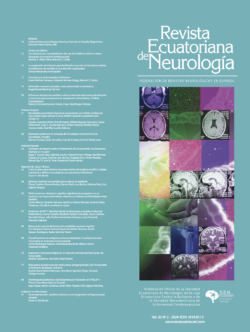Guillain-Barré Syndrome (GBS) is an uncommon but potentially serious clinical entity characterized by symmetric, rapidly progressive limb weakness, reduced or absent deep tendon reflexes, and paresthesias. This case report discusses a 23-year-old male with a history of SARS-CoV-2 infection, presenting with paresthesias, weakness in the thighs, and walking difficulty.
Physical examination exhibited asymmetric facial diplegia, right sixth cranial nerve palsy, flaccid quadriparesis with predominant crural involvement, and generalized areflexia.
Electrophysiological studies, practiced within the first week, revealed absent H reflex and delayed distal motor latencies. Additionally, concentric needle examination showed no abnormal activity at rest, with a pattern of poor recruitment of motor units with normal morphology. The cerebrospinal fluid analysis showed albumin-cytological dissociation. Intravenous immunoglobulin therapy was initiated, resulting in gradual neurological stabilization, and the patient was discharged with a Rankin score of 4/5.
Follow-up evaluations showed improvement in motor symptoms, and after six months, the patient fully reintegrated into normal life. This case emphasizes the association between GBS and prior COVID-19 infection, highlighting the importance of neurological monitoring during convalescence.





